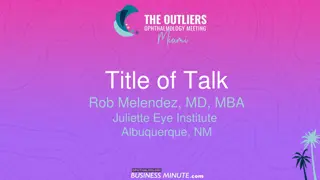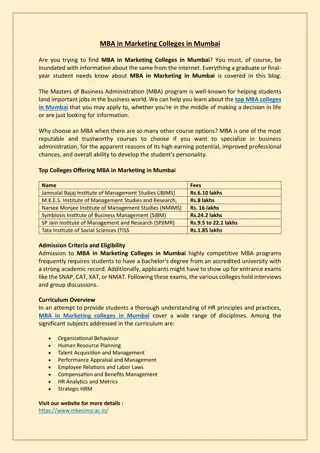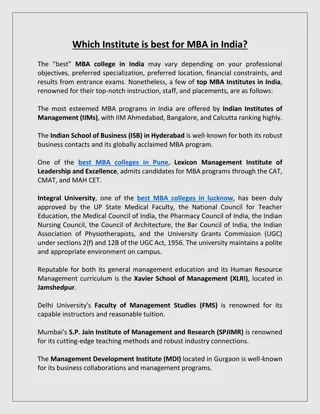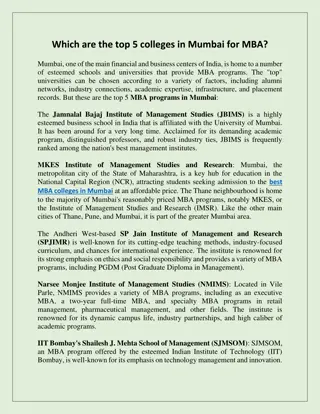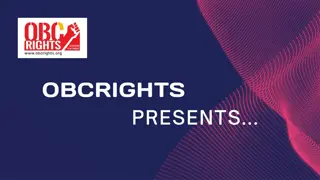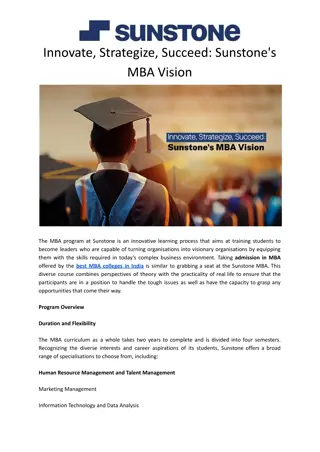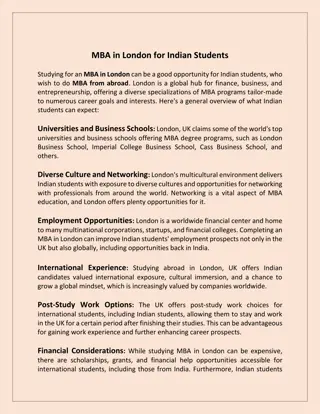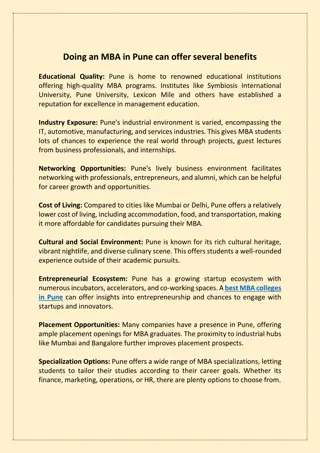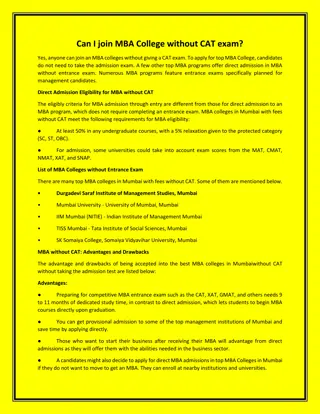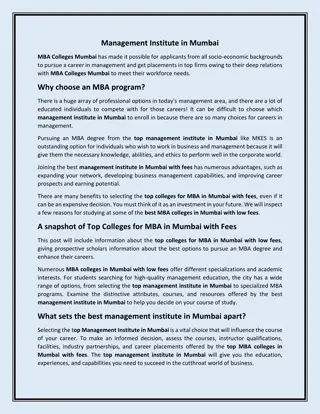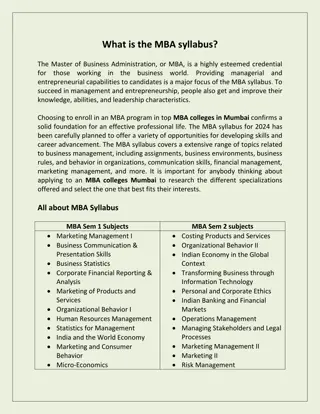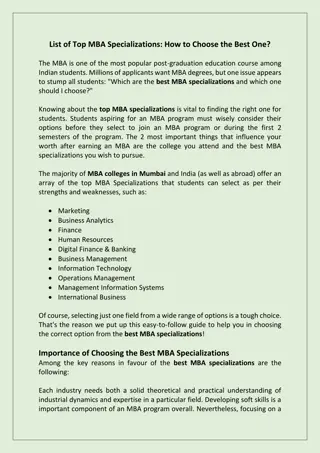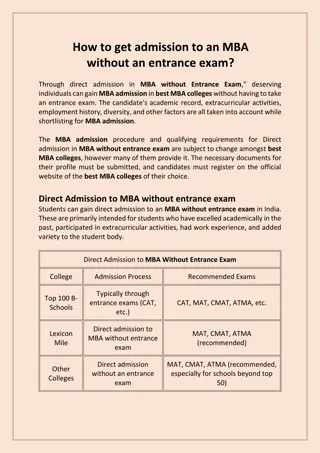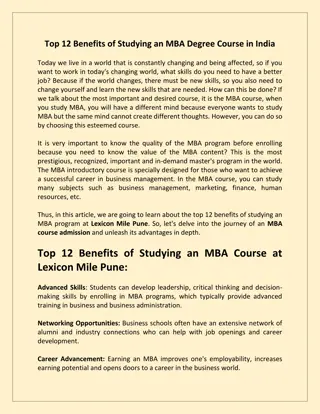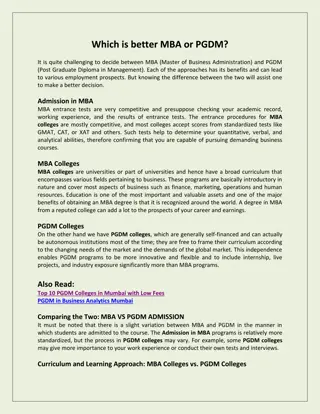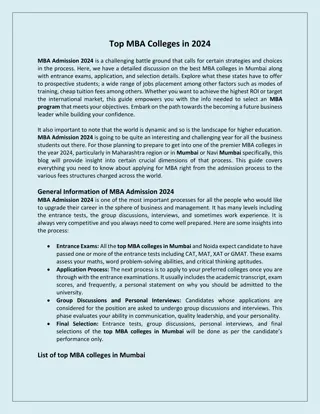
Controlling
Explore the significance of controlling in management, including the meaning, nature, concept, process, and techniques involved. Learn how controlling helps organizations achieve their goals effectively and efficiently.
Download Presentation

Please find below an Image/Link to download the presentation.
The content on the website is provided AS IS for your information and personal use only. It may not be sold, licensed, or shared on other websites without obtaining consent from the author. If you encounter any issues during the download, it is possible that the publisher has removed the file from their server.
You are allowed to download the files provided on this website for personal or commercial use, subject to the condition that they are used lawfully. All files are the property of their respective owners.
The content on the website is provided AS IS for your information and personal use only. It may not be sold, licensed, or shared on other websites without obtaining consent from the author.
E N D
Presentation Transcript
CONTENTS 1. Introduction 2. Meaning of controlling 3. Nature of controlling 4. Concept of controlling 5. Process of controlling 6. Techniques of control 7. Relationship between planning and controlling 8. Importance of controlling 9. Conclusion 1
INTRODUCTION Successful organization do not achieve their goal by chance, but by following a deliberate process called management. Management is essential for all Organization, Management is a process of getting things done with the aim of achieving desired Goals effectively and efficiently. There are five function of Management one of it is Controlling. Controlling is a very important managerial function. It is concerned with taking necessary measures or preventive actions to ensure achievement of organizational goal. 2
MEANING OF CONTROLLING Controlling function can be defined as comparison of actual performance with the planned performance. If there is any difference or deviation then finding the reasons for such differences and taking corrective measures or action to stop those reasons so that in future there is a match between actual and planned performance. C ontrolling is determ ining w hat is being accom plished, that is, evaluating the perform ance and, if necessary, apply corrective m easures so that perform ance takes place according to plans. (Terry and Franklin) 3
NATURE OF CONTROLLING 1. Controlling is goal oriented function. Controlling function make sure that ever plan is accomplished and the plan always aim at achieving organizational goal. 2. Controlling is an all pervasive function. Controlling is not only the task of top level managers but also the managers of every levels. 3. Controlling is both backward looking as well as forward looking function. Controlling is backward looking function as managers compare the planned performance with actual performance and to measure the actual performance they have to look back to the performance already done. 4
Controlling is forward looking also because it does not end only by comparing past performance with future but it also suggest measures to remove the reasons for failure of plans. 4. Controlling is a continuous function. Controlling is not a one time job but it is an ongoing process. It is carried on till the organization is surviving. 5
PROCESS OF CONTROLLING 1. Setting up (target) standards. Standard means target, which becomes the main basis for comparison and the manager insists on following of standard. Standard must be set up keeping in mind the resources of the organization and as far as possible standards must be in numerical or measurable terms. 2. MEASURING OF PERFORMANCE After setting up of standard, the performance of the employees is measured by evaluating the actual work done by the employees. 7
3. Compare performance against standard. After measuring the performance the manager compares the actual performance with the planned performance and standard. But if there is any deviation then the managers tries to find out the reason of deviation. 4. Analyzing deviation. All deviation should be brought to notice to the management. A range of deviation should be established and only cases beyond this range should be brought to knowledge of top level management. 8
5. TAKING CORRECTIVE MEASURES. On comparing the actual performance with the planned performance, the manager will find if deviation is there or not and if present, the manager will Redesign or re-frame the plans or strategies. 6. Feedback in controlling. The controlling function does not end by taking corrective action as it is a continuous process. After suggesting the corrective measure a feedback report is prepared. Feedback refers to list of reasons for deviation of plans or for efficiency in overall working of organization. Feedback acts as a base to establish the standard for next year. 9
TECHNIQUES OF CONTROL 1. Direct Supervision and observation Direct supervision and observation is the oldest technique of controlling. The supervisor himself observes the employees and their work. This brings him a direct contact with the worker. 2. FINANCIAL STATEMENT All business organization prepare Profit and Loss Account. It gives summary of the income and expenses for a specified period. They also prepare Balance sheet, which shows the Financial position of an organization. 3. Budgetary Control A budget is a planning and controlling device. It is the essence of financial control, and are done for all aspect of business such as capital, income, expenditure etc. 10
4. Management Audit. Audit is an evaluation of the management as a whole. It critically examine the full management process, i.e. planning, organizing, directing and controlling. It finds out the efficiency of the management. 5. Management Information System(MIS) In order to control an organization the management needs accurate information. They need both information of internal and external environment. MIS collects data, process it and provide it to the managers. It can be manual or computerized. 11
6. Return on Investment (ROI). Investment consist of fixed assets and working capital used in a business. Profit on the investment is a reward for risk taking. If the ROI is high then financial performance of a business is good and vice versa. 7. Self-Control. Self-control means self-directed control. A person is given freedom to set his own targets, evaluate his own performance and take corrective measures. Self control is especially required for top level managers. However, self-control does not mean no control by the superiors. But the superior must control the important activities of the subordinate. 12
RELATIONSHIP BETWEEN PLANNING AND CONTROLLING. The planning and controlling functions are very closely related: 1. NATURE AND CONCEPT Planning is the basic function of every enterprise, Planning bridges the gap between where we are standing today and where we want to reach. Controlling means keeping in check with the plan. 2. Controlling and planning are interdependent and interlinked Planning and controlling function co-exist and one function depends on the other. The controlling function compares the actual function with the planned function. On the other hand planning function is also dependent on controlling , as controlling function makes sure that everyone follows the plan strictly. 3. CONTROLLING IS EVALUATIVE PRESCRIPTIVE. Controlling evaluates or check whether the desired cause of action is followed or not on the other hand planning is basically an intellectual process. WHEREAS PLANNING IS 13
IMPORTANCE OF CONTROLLING 1. HELPS IN ACHIEVING ORGANIZATION GOALS When the plans are made in an organization these are directed by the managers to the employee towards achievement of organizational goal. 2. JUDGING ACCURACY OF STANDARD. Through Strategic controlling we can easily judge whether the standard or target set are accurate or not. 3. Making efficient use of resources. Organization has to keep track on records so that each activity is performed according to predetermined standard. As a result there is most and effective use of resources. 14
4. IMPROVES EMPLOYEES MOTIVATION. A good control system also guides employees to come out from their problems. This free communication and care motivates the employee to give better performance. 5. Ensures Order and discipline. Control creates an atmosphere of order and discipline in the organization. Effective controlling system keeps the subordinates under check and make sure they perform their functions efficiently. 6. Facilitates Coordination in Action. All departments are controlled according to predetermined standard which is well coordinated with one another. Control provides unity of direction. 15
CONCLUSION Thus we got to know that Controlling is a important function of management which helps the Organization to ensure that work is accomplished as per the plan or it helps to compare between plan and the actual performance. It also help in finding deviation or errors in the plan. Controlling and planning both the function goes hand in hand to increase or improve the productivity of an Organization. 16

